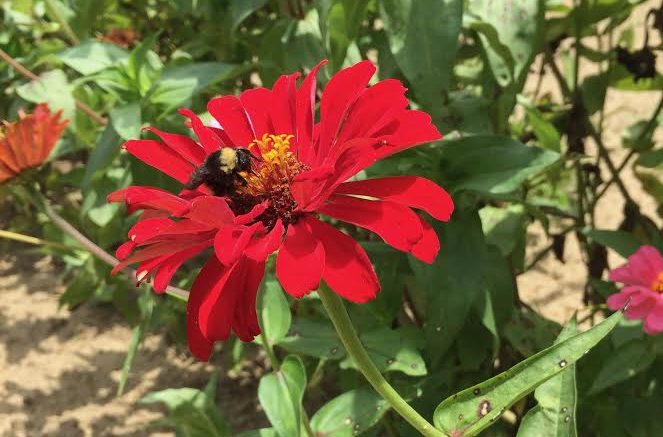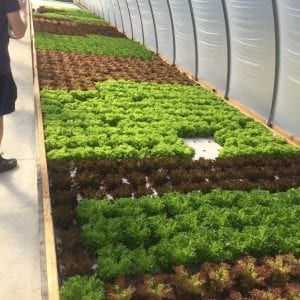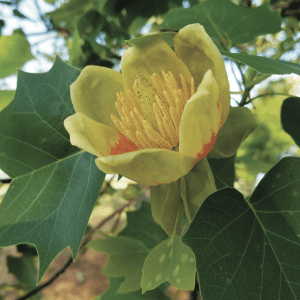Lawn & Garden

Learn—month by month—the necessary gardening activities for lawns and shrubs, annuals and perennials, fruit and nut trees, and bulbs, roots, and tubers. Included is a timeline for activities such as soil testing, planting, pruning, fertilizing, pruning, mulching, indoor plantings—from cauliflower to okra, from camellias to dahlias to heirloom roses.
Fruits and Nuts
- Continue spray program.
- Keep grass from around trees and strawberries.
- Peaches and apples can still be budded.
Shrubs
- Newly planted shrubs need extra care now and in coming weeks.
- Do not spray with horticultural oils when the temperature is above 85 degrees F.
Lawns
- Start new lawns from seed.
- Call the Master Gardener Helpline at (877) 252-4769 to learn more about seasonal fertilizer use and proper mowing. Overfertilizing and overwatering lead to lawn problems.
- Wait until warm-season lawns are fully green before applying any fertilizers.
- Mow often (5 to 10 days) to remove just 1/3 the grass height at each mowing
- Apply 1 pound nitrogen per 1,000 square feet to all warm-season lawn types: bermudagrass, centipedegrass, St. Augustinegrass, and zoysiagrass (or wait until after dethatching).
- Dethatch warm-season lawns if needed. Check thatch layer, as in April. Water and fertilize after dethatching (1 pound nitrogen per 1,000 square feet).
Roses
- Spray or dust for insects and diseases.
- Fertilize monthly according to a soil test.
- Plant container-grown plants in flower.
- Prune climbing roses after the first big flush of flowering.
Annuals and Perennials
- Late plantings of bedding plants still have time to produce.
- Watch for insects on day lilies.
Bulbs
- Summer bulbs started in containers may still be planted.
- Do not remove foliage from spring flowering bulbs.
- Do not let seedheads form on tulips and other spring flowering bulbs.
Miscellaneous
- Mulch new shrub plantings if not already done.
- Monitor new landscape plantings of shrubs, trees, and turf. To establish healthy root systems, prevent them from drying out and water deeply.
Vegetable Seeds
- Whole state: Continue plantings of all April seeds across the state.
- Central and North: Add okra and southern peas to your garden.
Vegetable Transplants
- Whole state: Continue plantings of April transplant crops.
- Central and North: Plant certified sweet potato slips.
Questions?
Call the Master Gardener Helpline at (877) 252-4769. A Master Gardener Extension volunteer is waiting to answer your call.
See other months from Alabama Gardener’s Calendar at www.aces.edu.
 Kerry Smith, Extension Associate, Horticulture, Frances Sledge, Horticulture Intern Auburn University. Originally prepared by Dave Williams, former Extension Horticulturist, and Ron Shumack, former Extension Horticulturist.
Kerry Smith, Extension Associate, Horticulture, Frances Sledge, Horticulture Intern Auburn University. Originally prepared by Dave Williams, former Extension Horticulturist, and Ron Shumack, former Extension Horticulturist.
Reviewed July 2022, Alabama Gardener’s Calendar – May, ANR-2617



